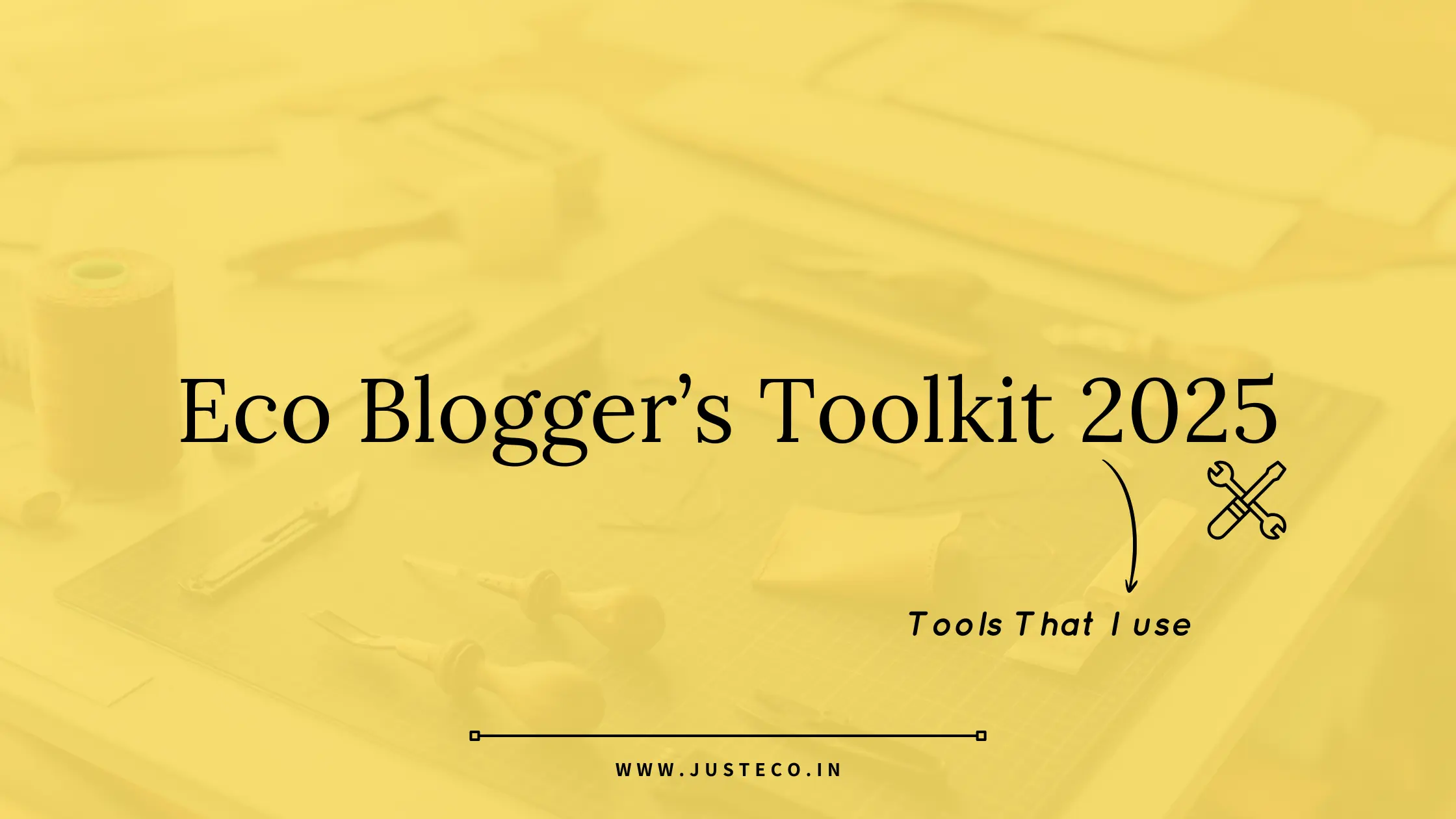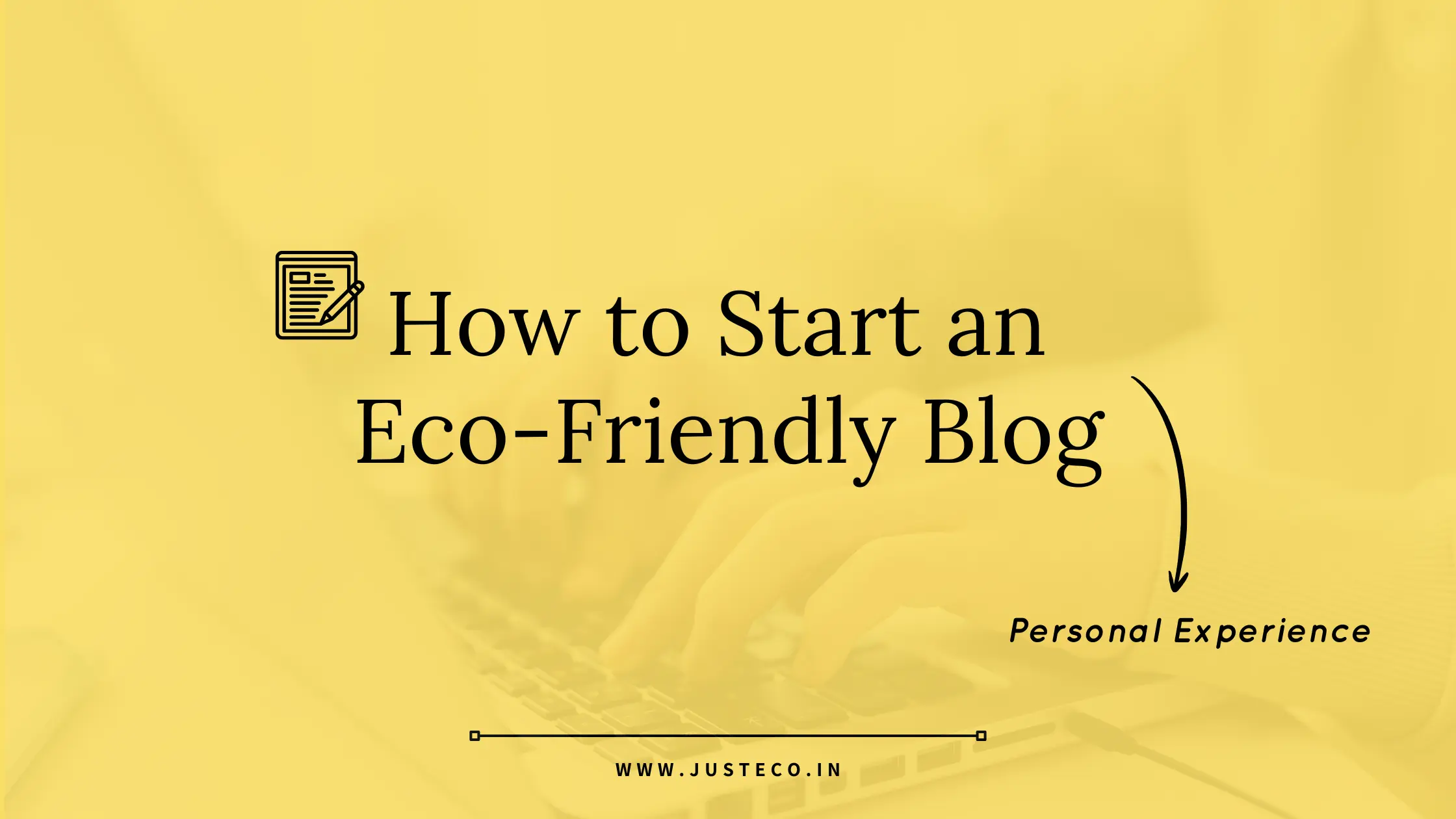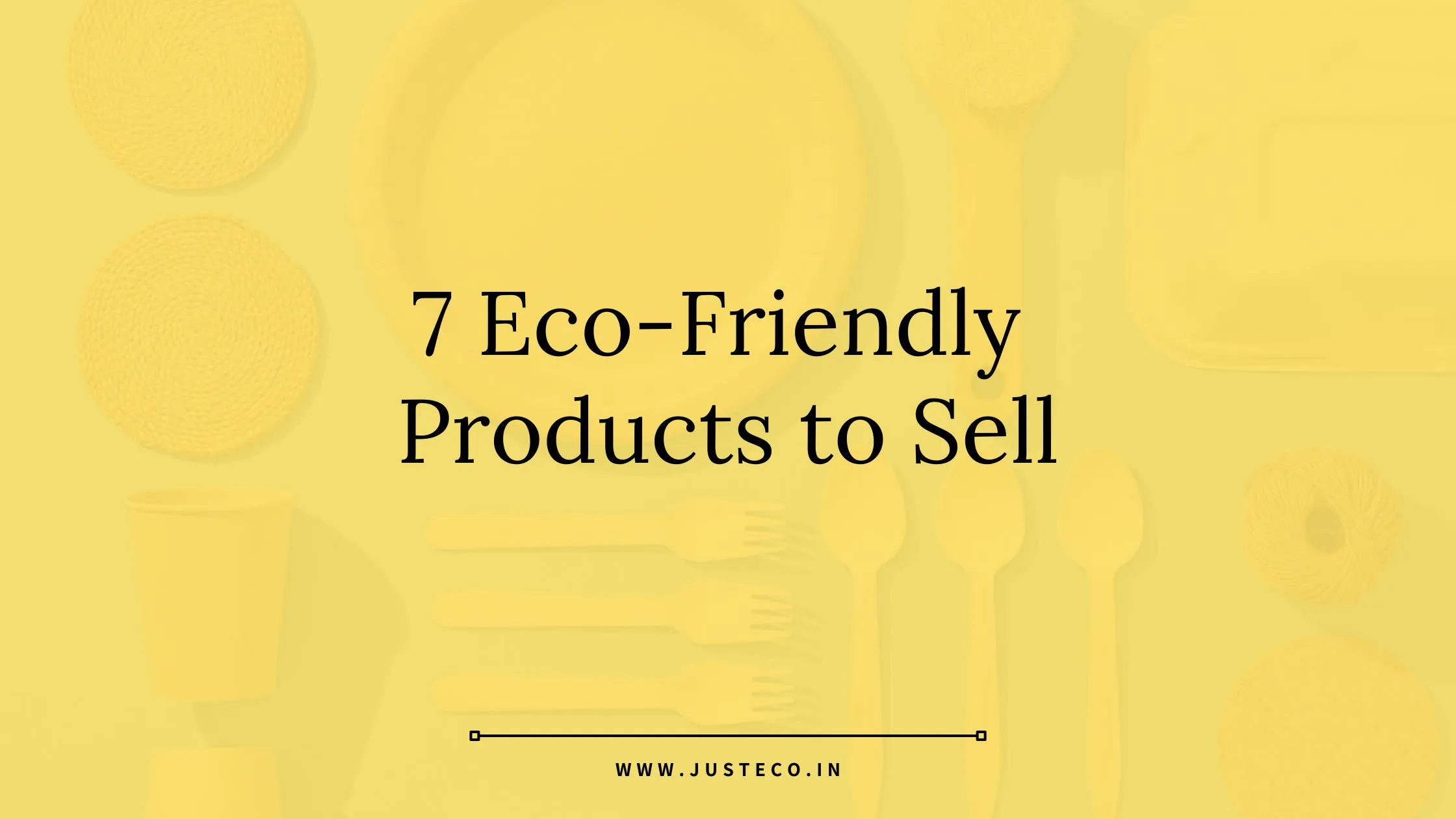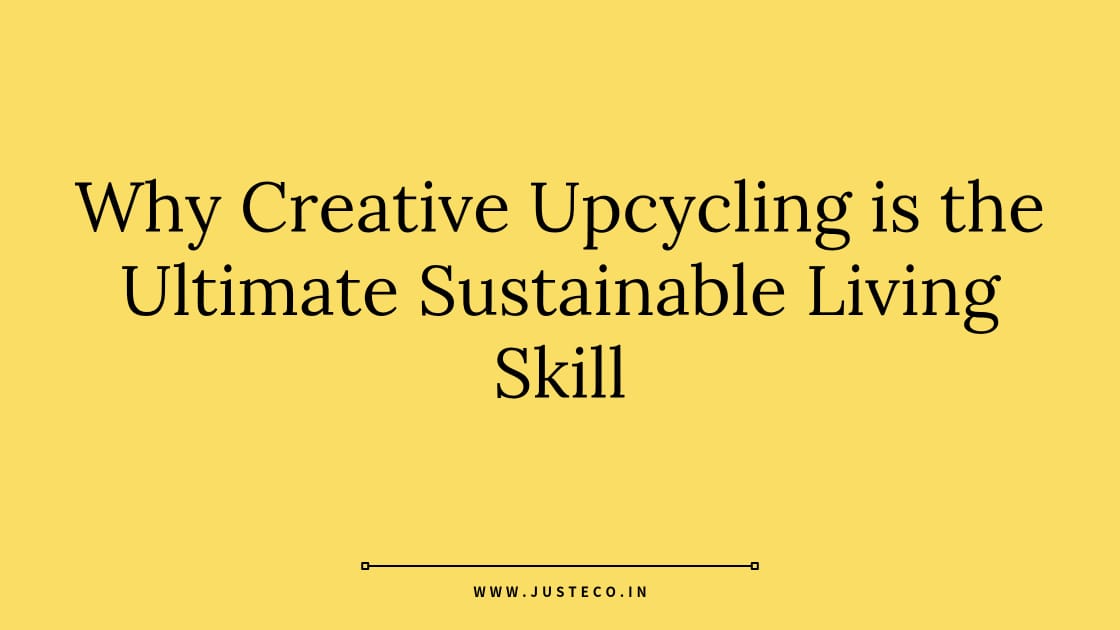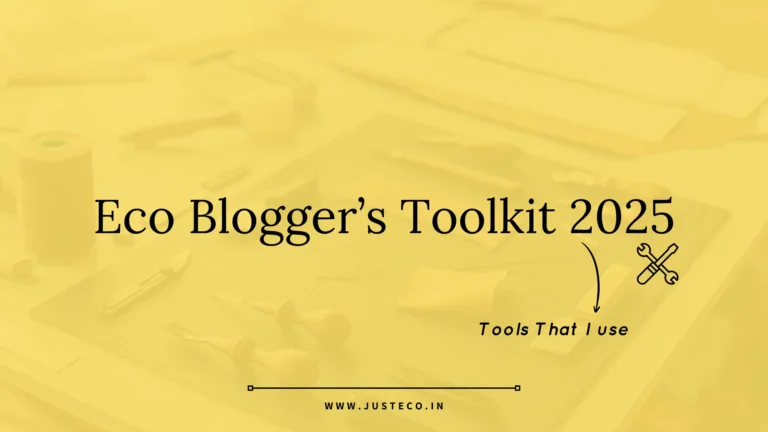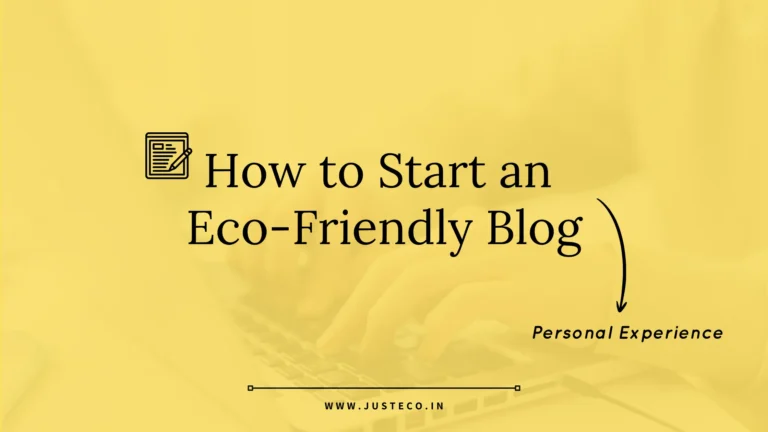Creative upcycling is more than a hobby. Upcycling is an essential skill for anyone seeking practical ways to live sustainably. It provides a bridge between environmental idealism and tangible action, giving individuals and businesses the tools to reduce waste, conserve resources and create value — all while supporting communities and fostering innovation.
Discover why upcycling is an important skill for eco-friendly individuals and entrepreneurs and how to reap its benefits.
Table of Contents
Toggle1. See Potential in What Already Exists
Upcycling transforms discarded or underutilised objects into more functional or aesthetically pleasing items. Unlike traditional recycling, which often involves energy-intensive breakdown and remanufacturing, upcycling works with existing materials and preserves or enhances their value. This approach helps shift mindsets from “waste” to “raw resource.”
Upcycling also drives innovation in design and product development. Designers, artisans and small businesses are finding creative ways to repurpose materials — from textile scraps into new fashion items to reclaimed wood in home décor — demonstrating that what is often overlooked can become both functional and desirable.
2. Conserve Resources and Reduce Footprint
Every material you upcycle is one less unit needing virgin extraction. That means less deforestation, mining, water use and manufacturing emissions. In India, the recovery and reuse of metals reduces dependence on imports and lowers the carbon intensity in industrial supply chains.
Even small-scale reuse makes a difference by reducing the demand for new materials and conserving energy and water. By creatively extending the lifespan of everyday items, individuals and businesses can reduce their environmental impact while promoting more sustainable consumption and advancing India’s circular economy goals.
3. Tackle E-Waste and Electronics Circularity
India produces vast amounts of electronic waste (e-waste) — approximately 1.6 million metric tonnes in 2021-2022 — but only about one-third of it is processed by formal recyclers. Upcycling components or integrating reclaimed parts into new products helps divert hazardous waste from landfills, recover precious metals and support a circular economy in the electronics sector. The government’s push for stronger e-waste rules and infrastructure underscores this need.
The Ministry of Electronics and Information Technology’s e-waste awareness initiative promotes start-ups and communities that extend product life and reduce pollution. Methods such as mechanical disassembly, hydrometallurgy, bioleaching and closed-loop recycling are also transforming e-waste management. They demonstrate how creative reuse can convert potential waste into valuable resources and reinforce upcycling as an essential skill.
4. Empower Local Economies and Community Innovation
Upcycling spurs micro-enterprises, skills development and social innovation. According to Earth5R, in Mumbai’s Dharavi, local artisans weave discarded plastics into handbags and home goods to turn debris into dignified income. Local crafting networks, repair cafes and eco-markets thrive on upcycled designs.
Even large retailers are adopting similar approaches. One U.S. vendor revived 4,800 unsold shirts by simply altering them from long- to short-sleeve, turning potential waste into profit. The redesign shows that upcycling is not just creative or eco-friendly — it’s also a smart, commercially viable skill that builds business resilience.
Upcycling Supports Policy Momentum and Economic Scale
India’s government projects that a mature circular economy could generate over $2 trillion in market value and nearly 10 million jobs by 2050. Meanwhile, states like Maharashtra are implementing policies to reuse wastewater and integrate circular systems across urban areas according to The Times of India.
These developments create enabling conditions for upcycling to grow beyond a niche into a mainstream practice that business owners and consumers can utilize.
How to Build Your Upcycling Skills
To get started, you can frame upcycling as a blend of mindset, experimentation and community. Each skill area supports sustainable living, innovation and systemic impact.
Cultivate a “Materials Mindset”
Begin by scanning your surroundings for potential feedstock, such as broken glass, old fabric, wooden pallets and plastic lids. Ask questions like, “What’s the inherent property of these materials? What can it become?” This mental shift — from seeing waste to seeing possibility — is foundational for creative upcycling.
Acquire Core Craft Proficiencies
Select a few hands-on techniques to master:
- Sewing and textile repair, including patchwork, darning and quilting
- Woodworking and joinery, like making simple frames, boxes and shelves
- Metalwork or cold joining using rivets, wire or sheet metal
- Resin or casting techniques for small objects
Each technique multiplies what you can do with raw materials. Partner with local maker spaces or community workshops for guided practice.
Prototype, Test and Iterate
Work in small batches. Build simple prototypes to test strength, usability, aesthetics and durability. Collect feedback and refine. Keep track of materials used, waste generated and lessons learned. This iterative approach builds rigour and credibility.
Build Supply and Collaboration Networks
Secure reliable sources of feedstock by connecting with:
- Local waste collectors or scrap dealers
- Schools, industries or institutions with offcuts
- Municipal composting and material recovery facilities
- Nongovernmental organisations or maker collectives
Collaborate with designers, engineers, and local stakeholders to strengthen your supply chain and creative capacity.
Develop Branding, Markets and Storytelling
A business’s upcycled product must compete on design, quality and narrative. Highlight the “waste diverted,” “materials reused,” and “carbon saved.” Utilise digital platforms, sustainability fairs, and local networks to sell and promote your products. Transparency and impact metrics build trust.
Measure Impact and Scale Responsibly
Track key metrics, including kilograms of material diverted, units produced, energy saved and social benefits. Use this data to enhance operations, pitch to potential partners or secure grants. As scale grows, invest in standardisation, quality control and new machinery if needed.
A Practical Step Toward Sustainable Living
Creative upcycling bridges intention and action, offering a practical pathway for individuals and enterprises to reclaim materials, reduce environmental pressure and generate value. By building craft skills, forming resource networks, iterating designs and measuring impact, you can transform discarded items into assets.
Upcycling is an essential skill for entrepreneurs and consumers that is more than just about making things differently — it’s a tool for systemic change, resilience and empowerment. Start small, stay curious and watch your creative solutions ripple outward.



